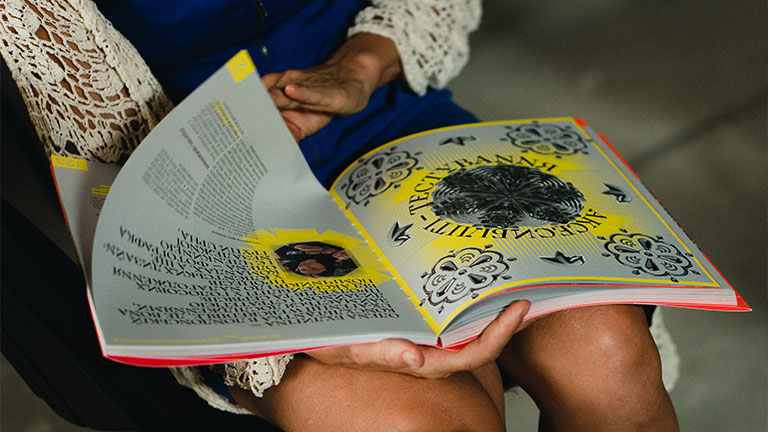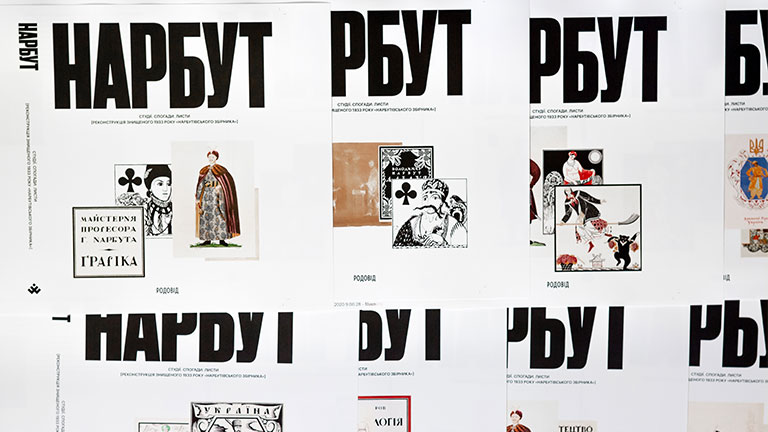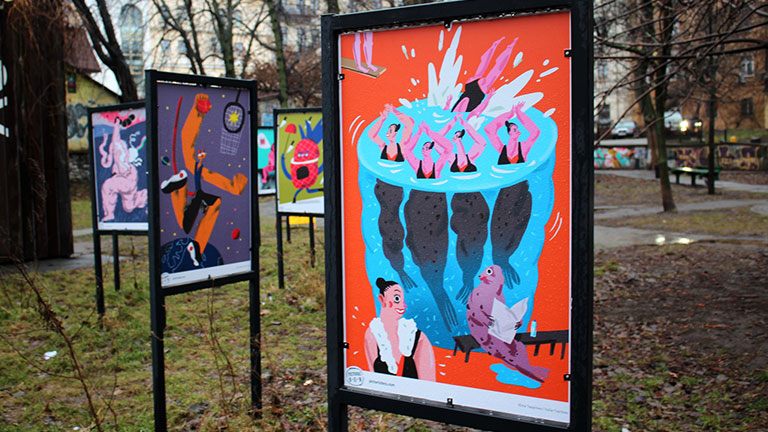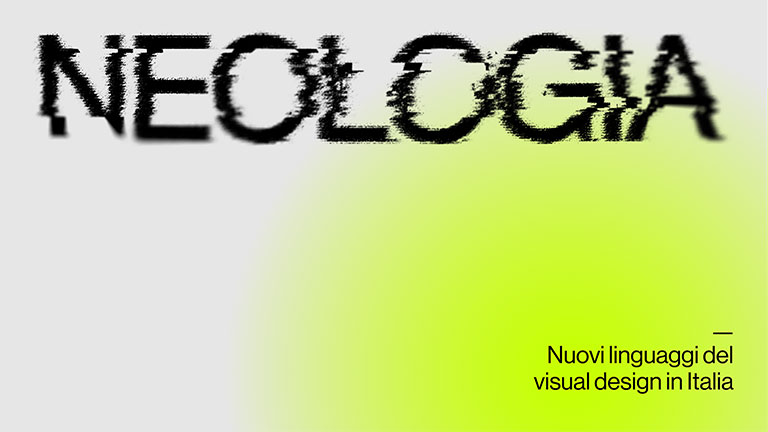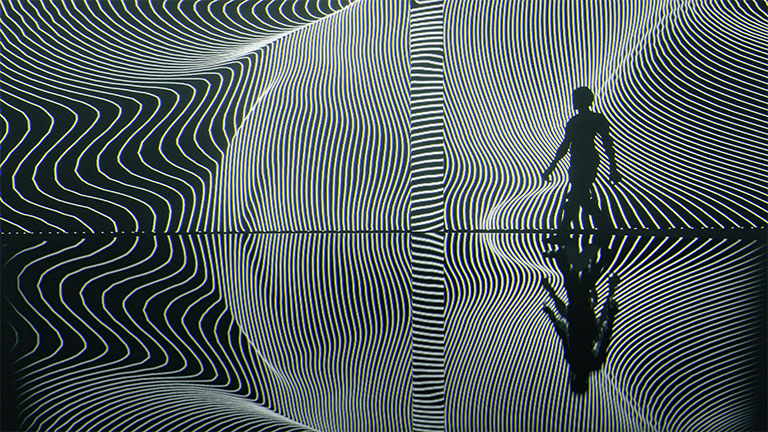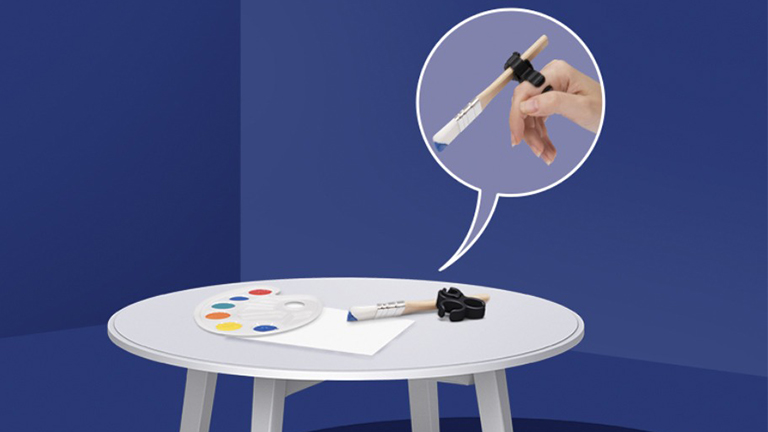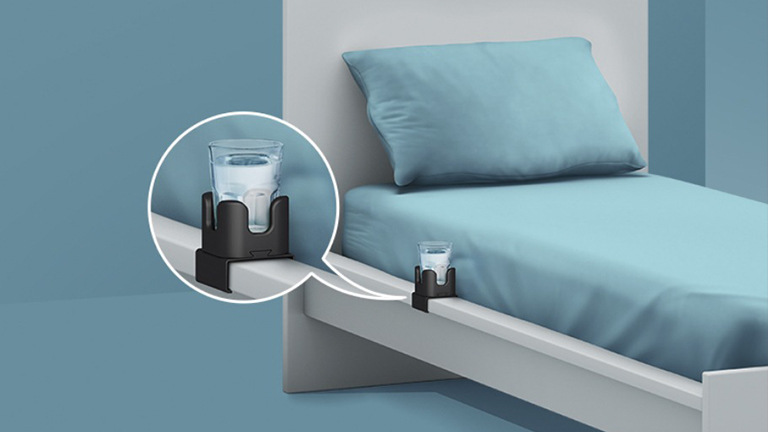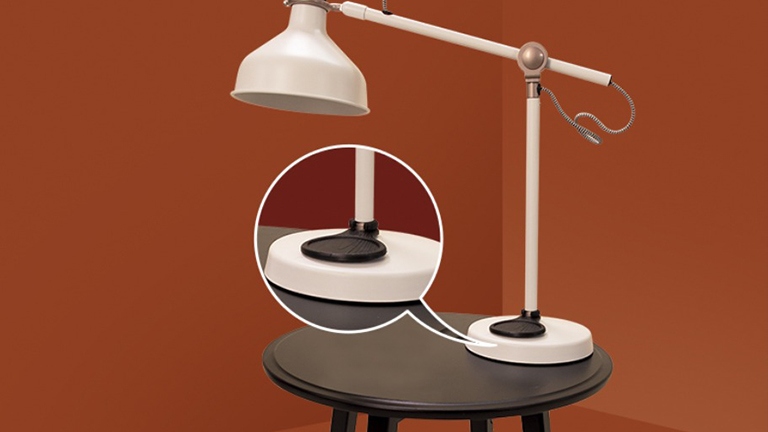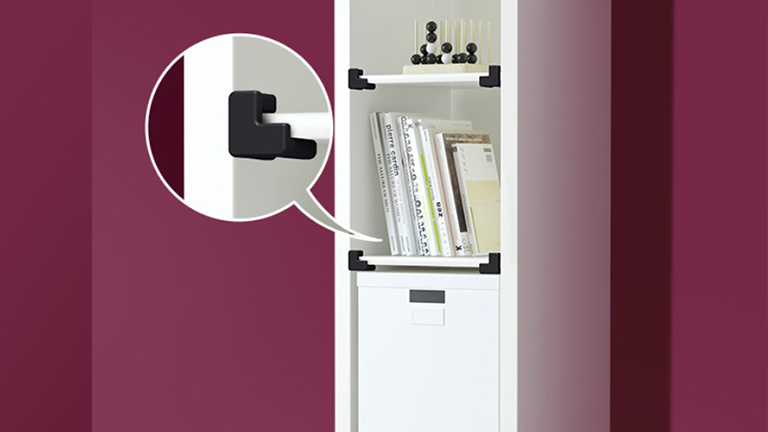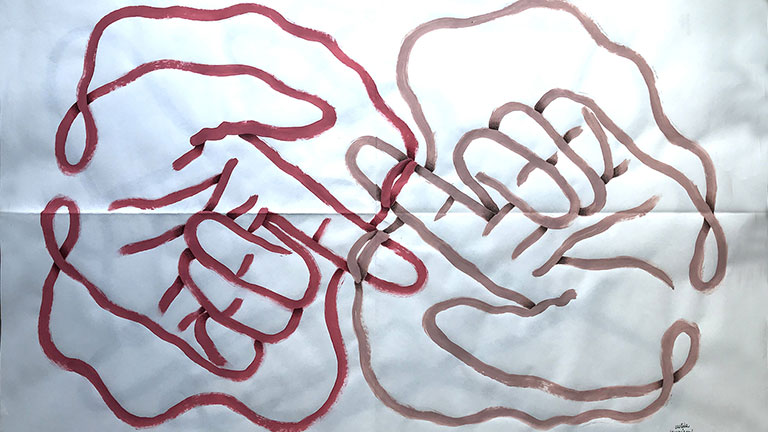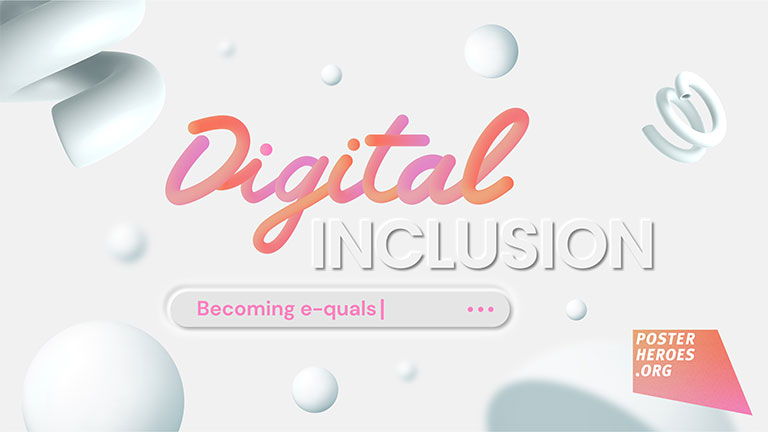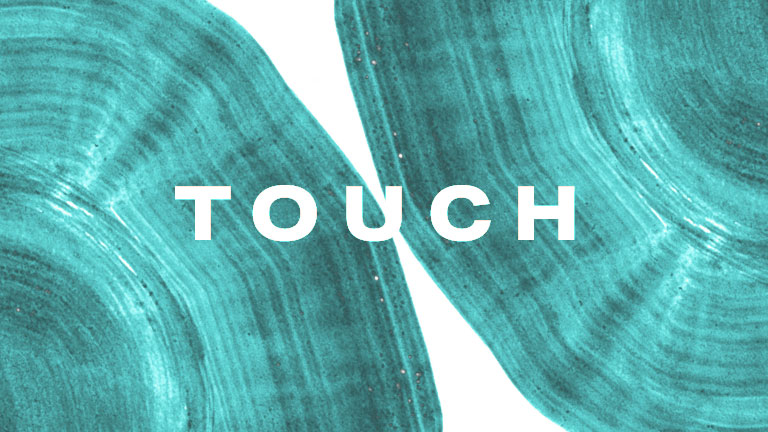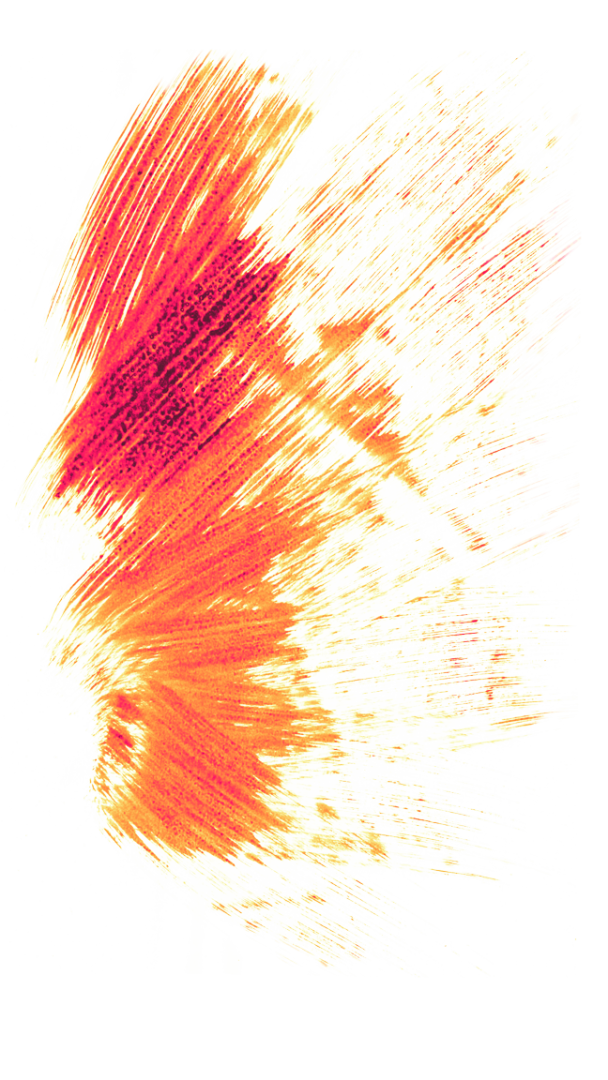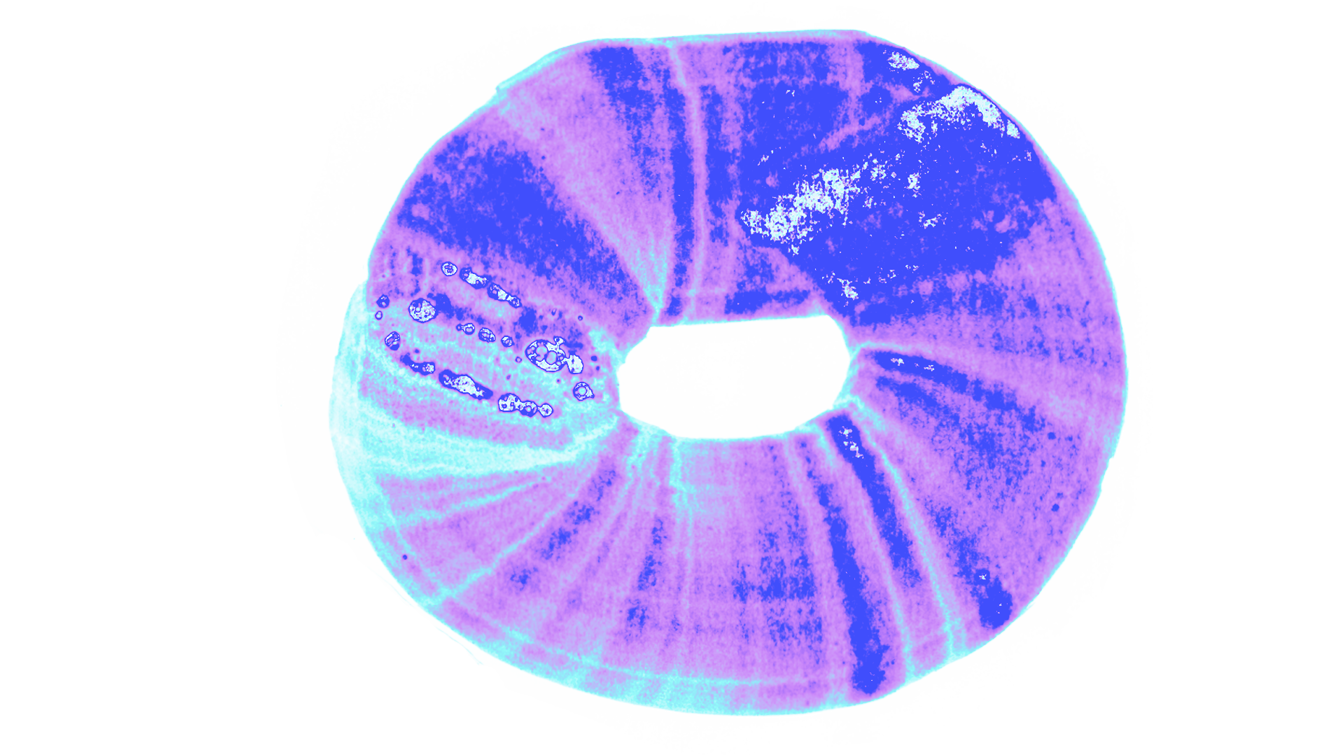Exhibitions
Eyes On Ukraine
A focus dedicated to the Ukrainian graphics and illustration scene, in partnership with the Ukrainian Institute, a public authority affiliated with the Ministry of Foreign Affairs and in collaboration with the Pitoric collective. The project was created with the intention of presenting to the international community the hidden potential of visual communication and graphics in the Ukraine characterized by a lively and creative contemporary scene which boasts a rich historical heritage. The works of graphic design become instruments to tell the story of the guest country, introducing the daily life, traditions and culture of a people. The objective is twofold: on the one hand the enhancement of the Ukrainian artistic and design heritage and on the other the dissemination of the most representative international trends.
The initiative includes an exhibition itinerary, two talks and a workshop.
The exhibition itinerary is structured in 3 sections:
Illustrations
In collaboration with the Pictoric collective.
With the aim of exhibiting the current scene in Ukraine, the works of more than 25 Ukrainian illustrators have been selected offering different points of view on cultural heritage, social phenomena and historical events little known to the international community.
In addition to the works of established illustrators, the works of the most promising young Ukrainian artists will be presented, chosen by the Kyiv National Academy of Visual Arts and Architecture
Ukraine Then & Now
A rich journey will accompany us to discover the culture of the Ukraine, from the Republic to the present day, through visual design projects. Amongst these, ample space will be given to the established Heorhii Narbut within the project NARBUTXXI. One of the most important graphic artists of the 20th century who marks a whole epoch in the history of Ukrainian art, influencing visual communication in the 20th century, his work inherits the tradition of ancient Ukrainian art but, thanks to his ability to be an innovator, Narbut occupies a key position, just like the Bauhaus, in the history of European design.
Visual design in contemporary
A selection of project studies of Ukrainian design and the best publishing projects
Neologia
A window dedicated to projects carried out by young Italian designers under 30, innovative, experimental and characterized by stylistic and language contamination. The exhibition is the result of a call conceived by Graphic Days® which has selected 100 works within 4 catagories: Motion Graphic, Poster Design, Editorial Design and GIF.
The Neology Project is aimed at the enhancement of young Italian talents in the world of visual design today, creating a network in the panorama of visual culture in Italy and promoting new language and experiments in visual communication.
As found in dictionaries, the term “neology” indicates the process of enrichment through the creation of new words and expressions. In the same way the initiative aims to highlight the ability of young designers to embrace stimuli, sometimes external to the world of design, reinterpreting them and making them merge into new forms and orientations.
Neologisms in visual culture communicate in a non-codified way, in the same way that new words respond to the need to name the transformations of the world, the progress of knowledge, the emergence of new realities, concepts of sensitivity or new behavior.
The project is not limited to the exhibition of the 100 winners but continues online, creating a dynamic observatory which collects all the most deserving proposals with the aim of promoting the quality and research of the original in the visual world in Italy.
The concept of “Italianness” is not defined by geopolitical borders, but in the sense of belonging. The new Italian expressions, characterized by contamination between different disciplines, between digital and analog, do not arise only from those born in Italy, but also from those who have assimilated Italian culture: the concept to be promoted is therefore not merely linked to citizenship, place of birth or residence, but rather to the bond that is created with a culture and its territory.
Dark room experience
The search for new, experimental language that characterizes the Neology project takes shape at the beginning of the exhibition path through a dark room: immersive projections, stroboscopic light shows, interactive installations directly involve the viewer who participates in the construction of a visual result.
Through the language of visual design a reflection is developed on how, not only the way of relating to people but also objects have changed due to the physical distancing imposed by the pandemic
We mix design and people
A path between social design projects that combine social commitment and visual communication, design always has a strong impact on society, thanks to its ability to communicate in a visual and immediate way and to reduce the distance between the message and the interlocutor. When visual design is dedicated to social issues, in addition to conveying information, it stimulates debate and educates the public, with the aim of making the beneficiaries active and orientated to change.
On display are social design projects following a path that leads from the individual to the ecosystem: starting from issues relating to the person, health and accessability, therefore to relationships between individuals by presenting projects relating to social and gender inequality; the third level is that of communities addressing issues such as racism, immigration and cultural identity and finally we move on to the community – environment ecosystem analyzing the impact that man has on planet Earth with case studies related to climate change and pollution.
Many mani - manifesti contatti
An unpublished exhibition that presents a selection of the works of the artist Cecilia Campironi. In her works, the illustrator addresses issues related to the human being such as habits and moods; physical contact and in particular the hands, are a recurring trait in his poetics, a perfect synthesis to tell the Touch theme of Graphic Days® 2021.
The first illustrations dedicated to the hands were created in response to a call launched by Squame magazine, which chose one for the cover; since then they have become a series, depicted in all shapes and colors, as a sort of catalog, another distinctive feature of the author.
Posterheroes: Becoming e-Quals
Digital inclusion is the theme of the tenth edition of the social communication competition Posterheroes, the international competition which confronts communication issues every year, asking the creative community to express powerful messages through 70×100 posters.
As a consequence of the pandemic and lockdown, it has become increasingly evident that in contemporary society equality is measured by the possibility to access the opportunities connected to information systems. The objective of the initiative is therefore to promote through posters a positive scenario in which accessability, inclusion and equality in the digital world are guaranteed, responding to the question: are we becoming e-quals?
Over the years more than 10 thousand posters from over 100 different countries have been candidated; the selection is administered by an international jury of experts in the fields of illustration, animation, art and visual communication.
On the occasion of the 10 years of the initiative, in addition to the 40 winners of 2021, the posters of the prizewinners from the previous editions will also be exhibited during the Graphic Days®.
The call is promoted by the PLUG Association, the FAVINI paper mill and the International Training Center
Il corpo non mente
Greetings, normality, distance, care: 4 terms to tell how our relationship with the body has changed following the spread of Covid-19. Beyond the different subtlties, all the measures implemented by governments have forced the world population to live in conditions that limit the freedom to move, to meet other people, to interact, to touch.
At the center of this epochal change is the human body, which has had to adapt to different conditions: it has been the vehicle of the virus, sanitized by individual devices, forced inside four walls, subjected to social distancing, monitored and tested with swabs and medical examinations; finally it has become virtual: talking, working, having fun, socializing are activities that have been gradually filtered by webcams and computer and telephone screens.
The body is and remains the only starting point, the only perspective to move, to know, to interact with the world and the beings that inhabit it. The body is the most reliable litmus test to understand what has changed compared to just a year ago and to try to glimpse what lies ahead in the future.
The exhibition presents the works created by the students of the course in Visual Communication of the summer semester 2021, held at the Faculty of Design and Free Arts, University of Bolzano, directed by Giorgio Camuffo with Emanuela De Cecco and Andrea Facchinetti.



